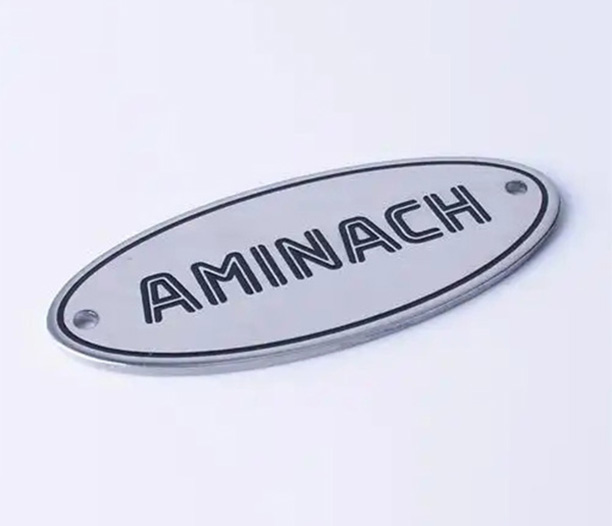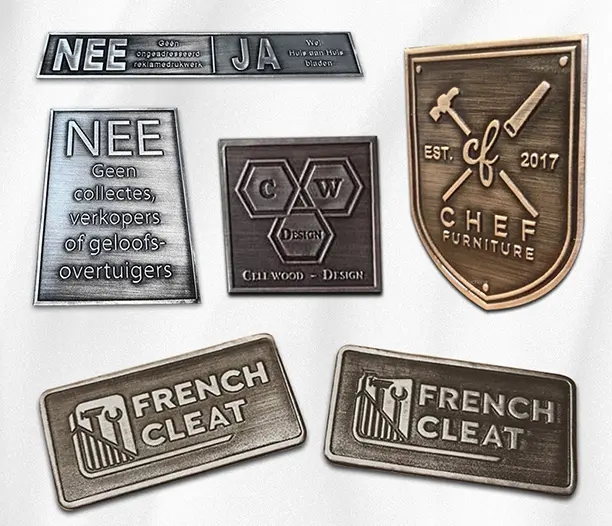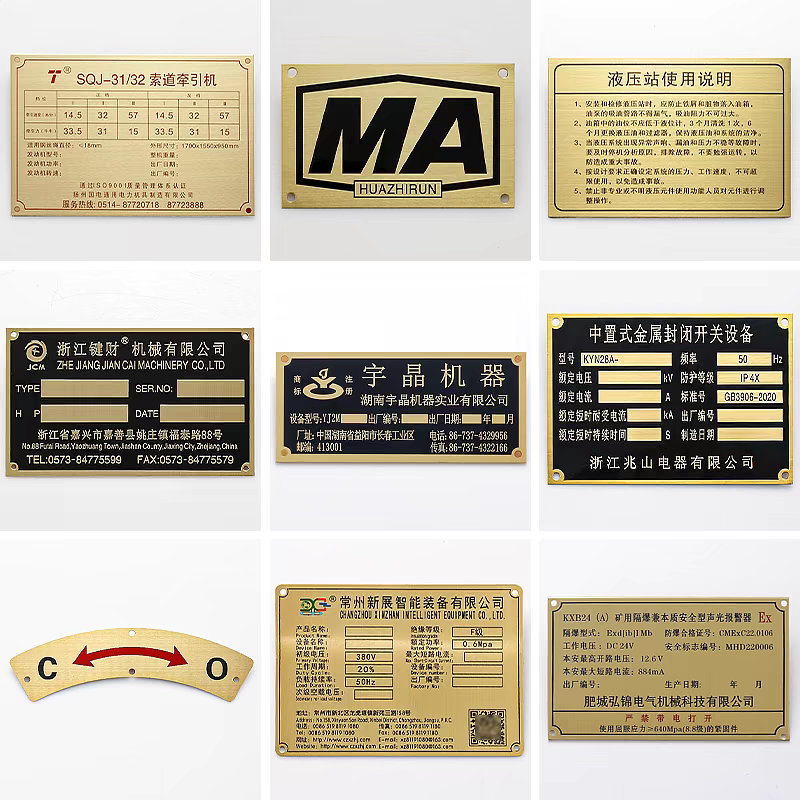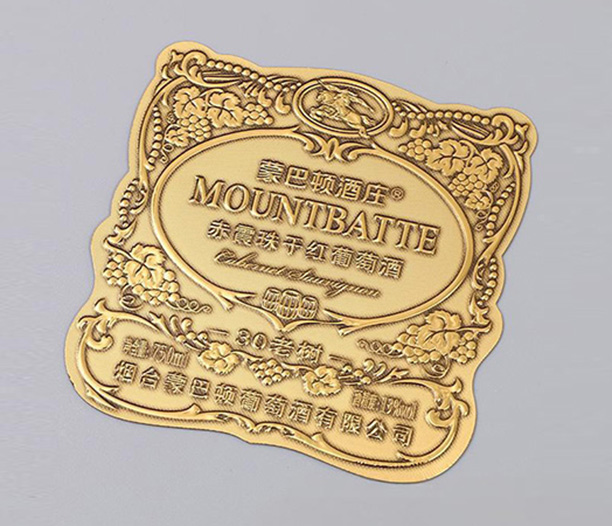Fire extinguishers are universally recognized as the first line of defense against small fires, boasting an impressive 95% effectiveness rate when operational and used correctly. However, their life-saving potential hinges entirely on one critical factor: being in proper working condition. This is where inspection tags for fire extinguishers become absolutely non-negotiable. Far more than simple stickers, these fire extinguisher inspection tags are the legally mandated, visual proof that these vital devices are properly maintained, compliant with stringent safety regulations, and ready to perform in an emergency. This comprehensive guide dives deep into everything you need to know about inspection tags for fire extinguishers, ensuring your safety and adherence to the law.

Why Inspection Tags for Fire Extinguishers Are Non-Negotiable
Fire extinguishers are complex mechanical devices susceptible to wear, environmental degradation (rust, corrosion), pressure loss, accidental damage (dents, clogged nozzles), and agent depletion. An extinguisher that appears outwardly intact could be completely useless internally. Regular, documented inspections, recorded meticulously on fire extinguisher inspection tags, are the only reliable method to verify ongoing functionality and readiness.
Beyond fundamental safety, inspection tags for fire extinguishers are a critical legal requirement. Regulatory bodies enforce strict standards:
OSHA (Occupational Safety and Health Administration): Specifically mandates under 29 CFR 1910.157 that portable fire extinguishers be visually inspected monthly, maintained annually, and undergo periodic testing. Proper fire extinguisher inspection tags are primary evidence of compliance.
NFPA (National Fire Protection Association): NFPA 10: Standard for Portable Fire Extinguishers details the rigorous requirements for inspection, maintenance, hydrostatic testing, and record-keeping. Fire extinguisher service tags fulfill the on-device record-keeping obligation mandated by NFPA 10.
Failure to maintain accurate and current inspection tags for fire extinguishers can result in significant consequences:
Hefty Fines: Regulatory authorities (OSHA, Fire Marshals) issue citations and fines for non-compliance.
Increased Liability: In the event of a fire where an extinguisher fails, missing or outdated fire extinguisher inspection tags can severely impact liability claims and insurance coverage, demonstrating negligence.
False Sense of Security: An extinguisher without a valid tag or with a passed-due service date offers a dangerous illusion of protection.
Catastrophic Failure: The ultimate risk – an extinguisher that doesn't work when lives and property depend on it.
Fire extinguisher inspection tags are the cornerstone of proving you've met your duty of care.
Decoding Fire Extinguisher Inspection Tags: Key Components Explained
A properly filled-out fire extinguisher service tag is a vital source of information. Understanding its components is essential for facility managers, safety officers, and business owners. Here’s what you’ll typically find on compliant inspection tags for fire extinguishers:
Service Company Identification: The name, contact information, and often the license/certification number of the company performing the service. This establishes accountability.
Date of Service: The month, day, and year the specific inspection, maintenance, or test was completed. This is the critical anchor date for tracking compliance intervals.
Type of Service Performed: Clear designation of the specific work done, often using standardized codes:
Monthly Inspection (Often "M" or "Visual"): The basic visual check.
Annual Maintenance (Often "A", "Internal", or "MAINT"): The thorough hands-on examination by a certified technician.
6-Year Maintenance (Often "6YR"): Mandatory internal exam and recharge for dry chemical extinguishers.
Hydrostatic Testing (Often "HYDRO" + Interval e.g., "5YR", "12YR"): The pressure vessel integrity test.
Recharge ("RCHG"): Performed after use or during maintenance if pressure/agent is low.
Repair ("REPR"): Indicates components were fixed or replaced.
Technician Initials or ID: Identifies the specific certified individual who performed the service, ensuring traceability.
Next Service Due Date: Clearly states the month and year when the next specific type of service (monthly, annual, hydro test) is required. This is paramount for proactive compliance scheduling.
Extinguisher Identification (Optional but Recommended): Asset number, serial number, or location ID for tracking in larger facilities.
Compliance Statements: May reference compliance with NFPA 10, OSHA, or state/local codes. Checkboxes or notes sections for technician observations are common.
Status Indicators: Some tags clearly show "Serviced," "New," or "Recharged" to indicate the unit's operational state. Others might use "P" (Passed) or "OOS" (Out of Service).
Chemical Type/Classification: Often indicated via hole-punch, showing the extinguisher's class (A, B, C, D, K, or combination e.g., ABC) and suitability for specific fire types.
Expiration Reference: The tag clearly shows the month/year punched, indicating the extinguisher's service expiration is one year from that date.

The Inspection Hierarchy: Monthly, Annual & Extended Service Intervals
NFPA 10 meticulously defines the frequency and scope of fire extinguisher inspections and maintenance. The fire extinguisher inspection tag serves as the chronological record for all these activities:
Monthly Visual Inspections (Conducted In-House):
Frequency: At least once every 30 days.
Performed By: Designated facility personnel (requires training).
Purpose: Quick visual verification:
Present in designated location, unobstructed, properly mounted.
No physical damage, corrosion, leakage, clogged nozzle.
Pressure gauge (if present) is in the "green" zone.
Pull-pin is intact with tamper seal.
Operating instructions are legible.
Fire extinguisher inspection tag is present and has space for current date/initials.
Tagging: The inspector initials and dates the designated monthly section on the fire extinguisher service tag. This creates a continuous record directly on the tag.
Annual Maintenance (Performed by Certified Technicians):
Frequency: At least once every 12 months (within one year of prior service).
Performed By: Licensed/Certified fire extinguisher service technicians.
Purpose: Thorough hands-on examination including:
All monthly inspection steps.
Weighing (CO2) or measuring agent level.
Detailed examination of mechanical parts (hose, nozzle, valve, stem).
Checking pressure gauge accuracy (if applicable).
Verifying classification and nameplate legibility.
Complete external examination.
Recharging or replacing if necessary.
Tagging: The technician completes a new section or attaches a new fire extinguisher service tag documenting the annual maintenance date, their ID, service performed, and the next annual due date. Monthly inspections continue on this tag.
Extended Service Intervals (6-Year & Hydro Testing):
6-Year Maintenance (Dry Chemical): At 6-year intervals, dry chemical extinguishers require complete discharge, detailed internal examination, recharging with new agent, and reassembly. Must be documented on the fire extinguisher inspection tag.
Hydrostatic Testing: The cylinder must undergo pressure testing (typically every 5 years for CO2, water, foam; 12 years for others) to verify structural integrity. After passing, the test date is stamped on the cylinder and recorded on a new inspection tag for fire extinguishers.
Table 1: Fire Extinguisher Inspection & Maintenance Summary
| Type of Service | Frequency | Performed By | Key Actions | Documentation on Fire Extinguisher Inspection Tag |
|---|
| Monthly Inspection | At
least every 30 days | Designated
Facility Personnel | Visual
check for presence, damage, pressure, pin seal, obstruction, tag status. | Initials
and date in monthly section. |
| Annual Maintenance | Within
12 months of last annual | Certified
Technician | Thorough
external & partial internal exam, parts check, weigh/measure agent, recharge
if needed. | New
tag section or new tag: Date, Tech ID, Service Type, Next Annual Due. |
| 6-Year Maintenance | Every
6 years (Dry Chemical) | Certified
Technician | Full
discharge, internal exam, new agent, recharge. | New
tag section or new tag detailing 6YR service & next due date. |
| Hydrostatic Test | 5
or 12 years (Type dependent) | Certified
Hydro Test Facility | Pressure
vessel integrity test using water. | New
tag section or new tag: Test Date, Test Facility ID, Next Test
Due. |
Proper Placement & Maintenance of Fire Extinguisher Inspection Tags
The fire extinguisher inspection tag only serves its purpose if it's visible and accessible. NFPA 10 provides clear guidelines:
Visibility: The tag must be easily readable without moving the extinguisher. It should face the expected viewing direction.
Attachment: Tags are typically durable plastic, laminated cardstock, or metal, attached via:
Wire Loops: Most common, looping through the handle or valve assembly.
Secure Ties: Plastic or metal ties through hanging holes.
(Less Common) Adhesive: Must be very secure; often used for temporary "OOS" notices.
Location: Must not interfere with operation (blocking hose, nozzle, or handle). Common spots:
The handle or carrying handle.
Secured around the valve assembly neck.
On the cylinder side opposite the hose/nozzle.
Securement: Firmly attached to prevent loss or damage. Dangling or flapping tags are unacceptable.
Replacement: If a tag is damaged, illegible, or filled (monthly sections), it must be replaced immediately. The new tag should replicate existing service history or reference prior records. Never operate an extinguisher without a current, legible inspection tag.

Beyond the Tag: Supporting Documentation & Logs
While the fire extinguisher inspection tag provides immediate on-device verification, comprehensive record-keeping is essential for audits, history tracking, and managing multiple units:
Detailed Service Reports: Technicians should provide formal reports for annual, 6-year, hydro tests, or repairs. These contain far more detail than the tag:
Extinguisher specifics (serial number, type, weight, pressure).
Exact actions taken (parts replaced, agent type/weight used, test pressures).
Full technician certification details.
Detailed findings and compliance statements.
In-House Inspection Logs: Maintain a separate log (digital or physical binder) recording all monthly inspections, even though initialed on the tag. This provides a centralized history, crucial if a tag is damaged. Include:
Extinguisher ID/Location
Date of each inspection
Inspector's name/initials
Observations/Actions taken (e.g., "cleared obstruction," "reported low pressure")
Retention: NFPA 10 requires keeping records of the most recent annual, 6-year, and hydro test for at least one year beyond the shell's life or 12 years, whichever is longer. Monthly logs should be kept for 12 months.
Accessibility: These records must be readily available for Authorities Having Jurisdiction (AHJ - Fire Marshal, OSHA, Insurance Inspector). The inspection tag for fire extinguishers is the first checkpoint; detailed logs/reports prove full compliance.
Common Failures of Fire Extinguisher Inspection Tag Systems
Be vigilant for these frequent issues compromising the integrity of fire extinguisher inspection tags:
Missing Tags: An extinguisher without any tag is immediately non-compliant and presumed unserviced. Action: Schedule immediate service and tagging. Investigate cause.
Illegible Tags: Faded writing, water damage, grease, or tears render information useless. Action: Replace the tag immediately, replicating last known service or scheduling verification service.
Outdated Tags: A "Next Service Due" date that has passed is a major red flag. Action: Schedule overdue service immediately. Do not rely on the extinguisher.
Incomplete Monthly Sign-Offs: Blank spaces for months indicate inspections weren't done. Action: Reinforce training and procedures. Document catch-up and reasons for misses.
Incorrect Service Designation: Using wrong codes (e.g., "A" for monthly) or failing to specify the service (recharge vs. annual). Action: Train technicians and internal staff on proper tagging protocols. Verify tags post-service.
Poor Placement: Tags hidden behind the unit, damaged by pinching, or interfering with operation. Action: Relocate the tag correctly according to NFPA 10 immediately.
Lack of Supporting Documentation: Relying solely on the tag without formal service reports and internal logs. Action: Establish a robust documentation system. Require detailed reports from providers.
Table 2: Fire Extinguisher Tag Audit Checklist
| Check Item | Compliant | Action Required |
|---|
| Tag Present? | Yes/No | If
No: Schedule immediate service/tagging. |
| Tag Fully Legible? | Yes/No | If
No: Replace tag immediately. |
| Last Annual Service Date (Within 1 yr)? | Yes/No | If
No: Schedule annual service NOW. |
| Monthly Inspections Up-to-Date? | Yes/No | If
No: Complete missed inspections & document reason. |
| Next Service Due Date FUTURE? | Yes/No | If
No: Service is overdue. Schedule NOW. |
| Tag Correctly Designates Service Type? | Yes/No | If
No: Verify service performed & correct tag. Train staff. |
| Tag Securely Attached & Visible? | Yes/No | If
No: Reattach tag properly per NFPA 10. |
| Supporting Service Reports Available? | Yes/No | If
No: Obtain from service provider. Establish log. |
| Monthly Inspection Logs Maintained? | Yes/No | If
No: Start log immediately. Backfill if possible. |
Implementing an Effective Inspection Tag Management Program
Ensuring your inspection tags for fire extinguishers are always correct and compliant requires a proactive, systematic approach:
Assign Clear Responsibility: Designate specific individuals for monthly inspections and for managing the certified service provider relationship.
Provide Proper Training: Train internal inspectors thoroughly on performing the monthly check correctly and properly initialing/dating the fire extinguisher inspection tag. Ensure they know what problems require professional service.
Schedule Proactively: Use the "Next Service Due" dates on tags and your central log to schedule annual, 6-year, and hydro tests well in advance. Utilize calendar reminders.
Partner with a Reliable Provider: Choose a licensed, insured, reputable fire protection company (like Telgian, servicing 50,000+ locations annually) for inspections and maintenance. Verify certifications and review their tagging/reporting practices.
Conduct Regular Audits: Periodically (e.g., quarterly) audit a sample of extinguishers and their fire extinguisher service tags. Check for presence, legibility, current dates, completeness. Cross-reference with logs and service reports.
Leverage Technology: Explore fire safety management software or apps. These often use barcode/QR code inspection tags for fire extinguishers, send automated reminders, and store digital records/photos, simplifying compliance far beyond paper systems.
Establish Clear "Out of Service" Procedures: Have a protocol using specific "OOS" tags for units failing inspection or undergoing service. Provide equivalent temporary protection (loaner extinguisher) during downtime.
Maintain Meticulous Records: Keep all service reports and in-house inspection logs organized, accessible, and retained for the required periods.
Fire extinguisher inspection tags are far more than bureaucratic stickers. They are the vital, visible link in the chain of fire safety preparedness. These small pieces of plastic or metal provide immediate assurance that an extinguisher has been professionally checked, maintained, and is operationally ready. They fulfill critical legal obligations under NFPA 10 and OSHA, protecting your business from fines and liability. Most importantly, a well-maintained system of inspection tags for fire extinguishers ensures that when seconds count and a small fire erupts, your first line of defense will function flawlessly. Understanding the information on the tag, adhering to the inspection hierarchy, ensuring proper placement, maintaining supporting documentation, and avoiding common pitfalls empowers you to uphold the highest standards of fire safety. Investing in rigorous management of your fire extinguisher inspection tags is an investment in protecting lives, property, and peace of mind. Never underestimate the critical importance of that tag securely fastened to your extinguisher – it's the documented lifeline of readiness.







